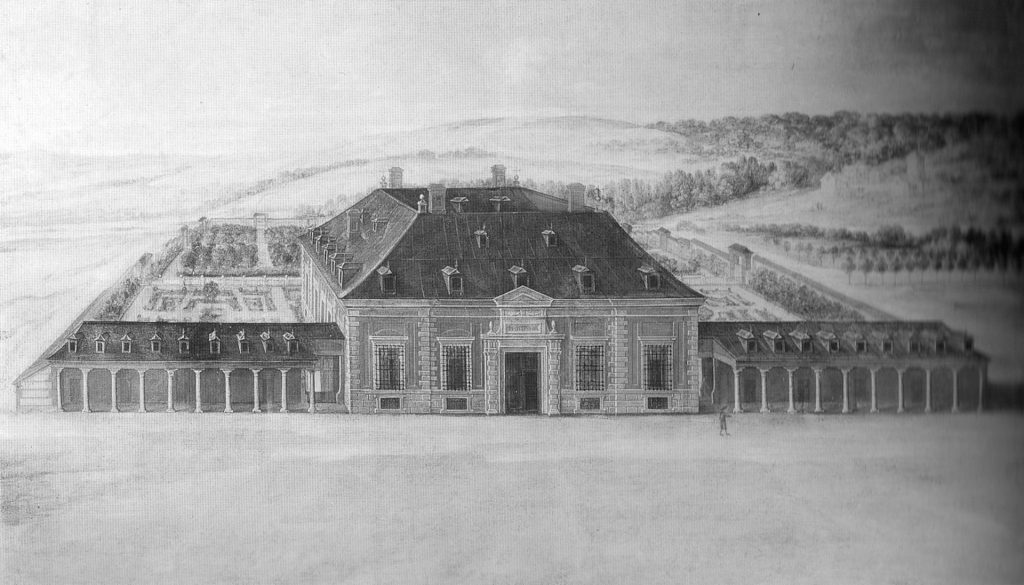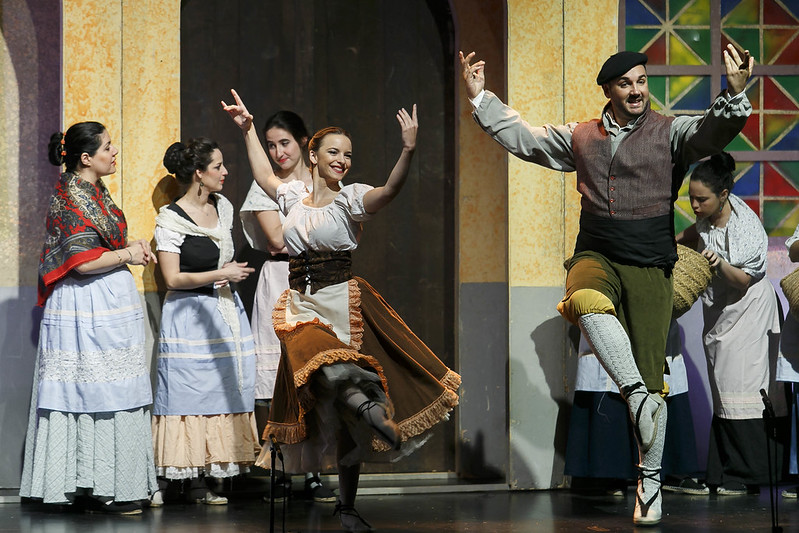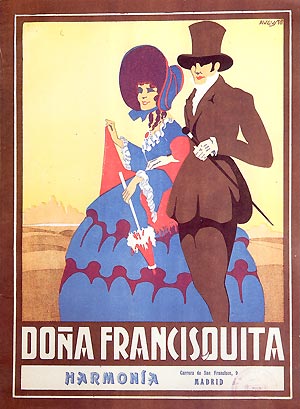
Beyond the Notes presents
Beyond the Notes: Hispanic Heritage in Song
Wednesday, September 25, 2024, 12:00 PM
Charles Library Event Space
Light refreshments served. Boyer recital credit given.
All programs are free and open to all, and registration is encouraged.
As part of Temple’s university-wide celebration of Latinx/Hispanic Heritage Month, Beyond the Notes will be presenting a concert of songs from across the Spanish-speaking world. The program features music from the Spanish zarzuela tradition, a style of musical theater dating back to the Baroque era featuring song, spoken word, and dance. In this post, we’ll explore the origins, evolution, and influence of this unique tradition.
Zarzuela is a form of Spanish musical theater that has a fascinating blend of operatic, dramatic, and folkloric elements. Although it emerged in the mid-17th century, zarzuela has evolved, influencing modern genres and leaving a lasting imprint on contemporary music. As a unique cultural expression, zarzuela represents the convergence of Spain’s rich history, diverse musical traditions, and theatrical innovation. Its influence can still be felt in various music genres today, proving that this centuries-old tradition continues to resonate.
The Origins and Evolution of Zarzuela
The term “zarzuela” is thought to derive from the royal hunting lodge, “La Zarzuela,” located near Madrid, where the first performances of this genre were held. This art form originated during the reign of King Philip IV in the 17th century. Zarzuela is a fusion of spoken dialogue, operatic arias, popular songs, and dance, which integrates many Spanish artistic traditions into a distinct musical genre.

Early zarzuelas had their roots in the Spanish court, where they featured stories about gods, mythological characters, and rustic nature scenes. As the form evolved, two categories emerged: “género grande,” featuring more operatic music and complex themes, and “género chica,” which were shorter, often comedic, and focused on lighter, popular subjects. It quickly spread to theaters across Spain and later to Spanish-speaking countries in Latin America, where it gained even broader popularity. Zarzuela adapted to reflect the social and political realities of the time, making it a powerful vehicle for cultural expression.
During the 19th and early 20th centuries, zarzuela reached its peak, driven by composers such as Francisco Asenjo Barbieri, Tomás Bretón, and Amadeo Vives. They created works that are still celebrated today, such as El barberillo de Lavapiés (1874) and Doña Francisquita (1923). This period cemented zarzuela’s role as a distinctly Spanish art form, balancing the high drama of opera with the accessibility and relatability of popular music. Sadly, political and economic shifts during the Spanish Civil War and World War II led to the genre’s decline, though recent years have seen a resurgence of interest in zarzuela.
Zarzuela’s Influence on Modern Music
While zarzuela may seem distant to contemporary audiences, its influence on modern music is both subtle and significant. Its impact can be traced in several ways:
1. Folk Music Preservation and Popularization: Zarzuela played a key role in preserving regional Spanish folk music, incorporating traditional styles like flamenco, jota, and seguidilla into its scores. By including these local genres in widely performed theatrical productions, zarzuela helped elevate these folk traditions, bringing them to national and international attention. Today, these folk elements can still be heard in the works of Spanish and Latin American artists, including contemporary flamenco fusion artists like Paco de Lucía and Rosalía, who blend traditional rhythms with modern pop music.
2. Latin American Influence: Zarzuela was not confined to Spain. When it was introduced to Latin America, it became immensely popular and influenced the development of local musical styles. In Cuba, for example, zarzuela enjoyed a golden age in the early 20th century with major works by composers such as Eliseo Grenet and Ernesto Lecuona, while in Mexico, zarzuela’s lyrical and dramatic influence helped shape the nation’s early 20th-century musical theater.

3. Revival and Adaptation: There has been a resurgence of interest in zarzuela in recent decades. Performances of zarzuela are now staged by opera companies in Europe and America, often updated for contemporary audiences with modern staging and interpretations. Contemporary Spanish composers have also drawn inspiration from zarzuela, incorporating its melodic and structural elements into their own works. In this way, zarzuela continues to inspire new compositions while preserving a connection to Spain’s musical past.
Zarzuela’s Legacy Today
While the popularity of zarzuela declined in the 20th century, its legacy remains. Contemporary composers and artists still draw inspiration from zarzuela’s blend of musical storytelling, regional authenticity, and emotional depth. Moreover, zarzuela’s influence on the preservation of Spanish folk traditions has helped ensure that these musical forms remain vibrant.
In the broader context, zarzuela has contributed to the global appreciation of Spanish culture and music. It has helped bridge the gap between classical and popular music, influencing genres as diverse as operetta, musical theater, and Latin pop. Its unique ability to mix high and low art forms continues to inspire artists who seek to create works that resonate with a wide audience.
In today’s globalized world, zarzuela’s essence is alive in the fusion of genres, the exploration of local traditions, and the creation of art that reflects society’s diverse voices. Though the golden age of zarzuela may have passed, its spirit endures, inspiring modern music and ensuring that this Spanish treasure continues to have a voice in the present day.
We hope you’ll join us September 25th to hear performances from music from the storied Spanish zarzuela tradition.
Suggested Reading:
Río Prado, Enrique. La Venus de bronce : una historia de la zarzuela cubana. 2. edición ampliada y revisada. La Habana: Ediciones Alarcos, 2010. https://librarysearch.temple.edu/catalog/991022611499703811.
Sturman, Janet L. Zarzuela: Spanish Operetta, American Stage. Urbana: University of Illinois Press, 2000. https://librarysearch.temple.edu/catalog/991013573129703811.
Thomas, Susan. Cuban Zarzuela: Performing Race and Gender on Havana’s Lyric Stage. Urbana: University of Illinois Press, 2009.
Webber, Christopher. The Zarzuela Companion. Lanham, Maryland: Scarecrow Press, 2002. https://librarysearch.temple.edu/catalog/991033584039703811.
By Dan Maguire
